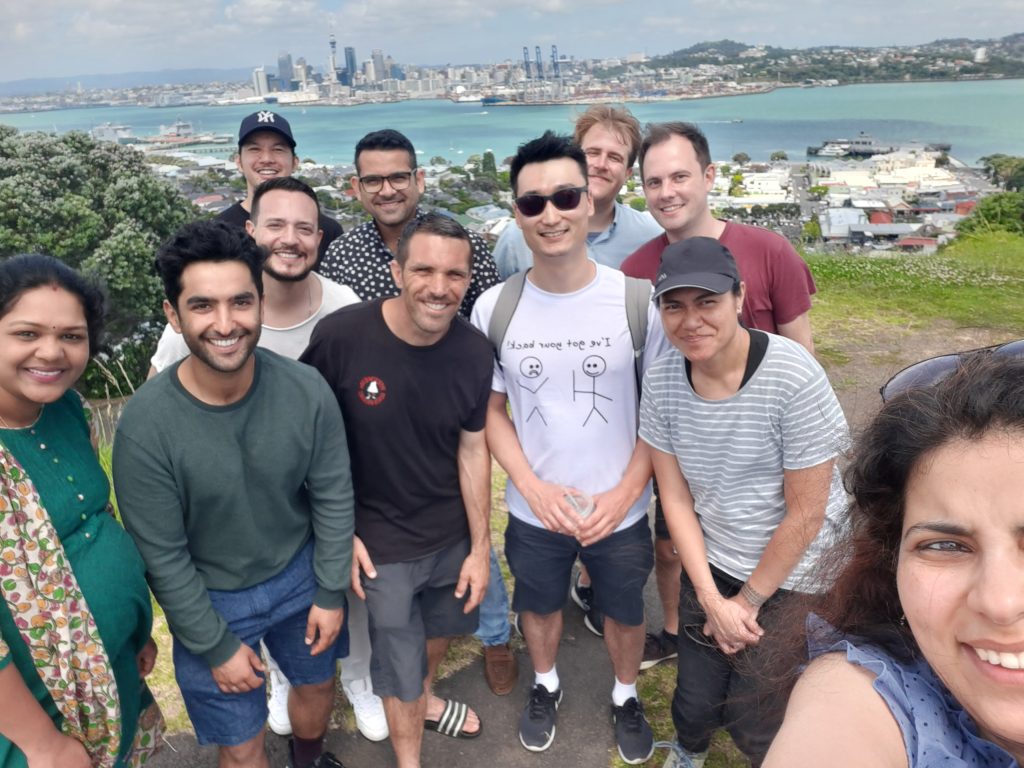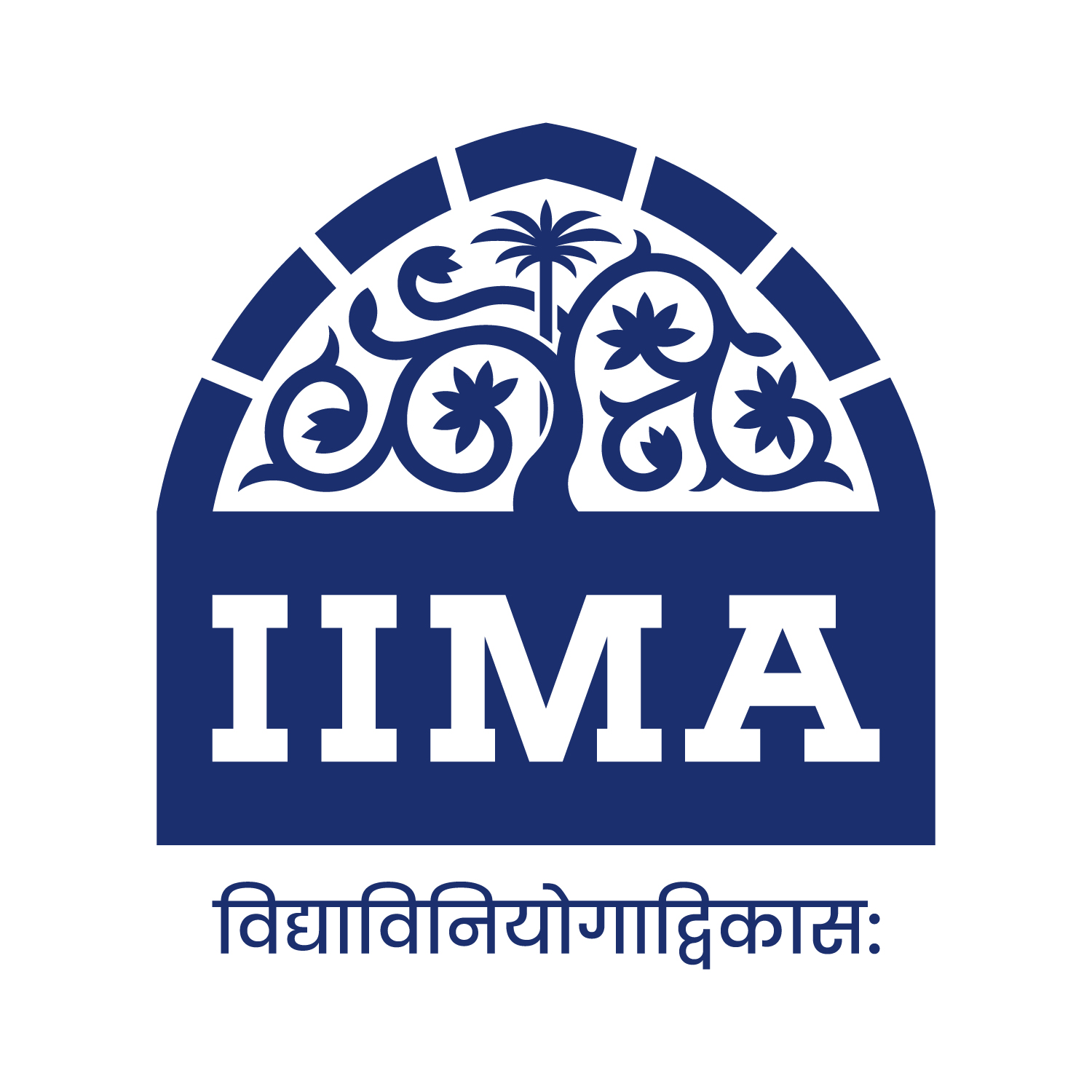Designing a city’s transport network in New Zealand

Designing a city’s transport network in New Zealand
by Pragati Vasisht SLP 2023
During a regular spring-clean last year, I happened to come across a note from 2004 that my way less cynical and way more naïve younger self had penned about her career aspirations. What struck me was the very first point: ‘..want to do something that directly benefits the community’. For all their innocence, I know these words came straight from the heart.
My journey towards the public sector was triggered by disillusionment. I was a lowly graduate at a consultancy, assisting experienced engineers on a study commissioned by the central government. My seniors’ review had hacked the report into such a state that I blurted out – but we haven’t really told the client anything! So apart from realising how not to win friends and influence people, I felt that there must be more to this engineering business than this.
It would be another couple of years before I ventured into the public sector, and a lot longer after that to realise why this incident had rankled me; how central the idea of giving back to society was to my career.
My basic job as Traffic Engineering Team Leader at Auckland Transport is to design a city’s transport network. My extremely biased opinion is that it’s the best job in the world – a macro-social-engineering project – because the way a transport system is designed determines how each of us work, eat, play, and rest. A significant responsibility for any government and as it turns out, just my kind of jam.
Private sector vs Public sector
The basic difference between the private and public sector is the stakeholder. The public sector is answerable to every single citizen – the latter fund the former with their taxes. Everything in the public sector therefore, begins and ends with the aam junta.
The challenges are innumerable.
To start with, the problem is always bigger than the budget. Our budgets are slashed while being directed to deliver higher quality of work. Unlike the private sector, the public sector must exist. So, while in the private sector where you adapt or die, being agile and innovative is a challenge when you’re almost expected to ‘keep things ticking over’ and continue the status quo. It takes either an enlightened bunch of senior managers or intense media scrutiny to effect change.
Public servants also operate in the public eye – indeed, democracies have implemented legislation such as Right to Information to ensure the greatest level of scrutiny possible. So, we may not only have to cut corners in how key public initiatives are delivered, we also have to take the public on a journey where they understand our reasons for doing so. Getting a conversation going with the public is winning half the battle. This is especially so for transport infrastructure since, particularly in the west, past transport planning models have resulted in grossly unsustainable practices – like building networks for cars instead of people. Reversing this trend inevitably brings change.
And one consistent human behaviour you can bet on is that nobody likes change.
The balance between educating the public about long-term gain while seen as inflicting pain is a precarious one, especially since social, economic and political sands are constantly shifting beneath us. The ruthless combination of “please improve things with less money, but don’t change anything for me!” is made more so by political whims and fancies of the day. Being able to get elected leaders on your side for infrastructure projects is an unwritten part of our job description.
So why do I stay?
Solving people’s problems
Ultimately, leadership that affects you and I on the ground comes from the public sector. It is an irresistible proposition to be working at the coalface of democracy, solving real-world problems that have tangible benefits. Competence at this level has the potential to benefit a broad audience.
For instance, the award-winning speed management program that I led resulted in 70% reduction in complaints to the department, saving of 2000+ hours of manual effort through automating processes, prioritisation of 2400 km of road network for improvements, 1600% increase in coverage of said improvements, >68% increase in perception of road safety by communities, up to 37% increase in use of active modes of transport and >$12,000,000 savings in deaths and serious injuries (over five years) on Auckland’s road network.
It was the result of massive effort from my team of 20-odd engineers, but the ultimate beneficiaries were millions of Aucklanders. And it was the soft skills that got us the most effective results – conversing with directly affected public, other government and elected officials, adapting our plans to their feedback, and solving problems within strict ethical and legal boundaries.  And this is just one of a large portfolio of infrastructure works that we implement!
And this is just one of a large portfolio of infrastructure works that we implement!
Notwithstanding all of this, the distinction between the public and private sector is at the end of the day, necessity of convenience. My experience at IIMA provided diverse perspectives from various leaders in the private sector. But I left with the distinct impression that leadership issues – and challenges – are universal. Not least because both sectors have the public at their centre! ‘Vasudev Kutumbakam’ is not just a phrase.
The public sector can be a tough gig. But the sense of purpose, achievement and satisfaction is unparalleled. Over time you also realise that the people who have hung around are the ones who are genuinely motivated by working for a greater good, who care.
When I found that note I had written years ago, I realised I had, as a young girl, subconsciously set the course of my career. Amazingly, I find myself living that reality.

Pragati Vasisht is Traffic Engineering Team Leader at Auckland Transport, leading teams to deliver a capital transport portfolio of up to (NZ) $36 million to date. Her experience in strategic transport planning, engineering and safety, and urban regeneration projects, spans public and private sectors. She is the recipient of Australian Road Research Board’s Young Practitioner Award 2016 and Engineering New Zealand’s 3M Traffic Safety Innovation Award 2020.




Sorry, the comment form is closed at this time.